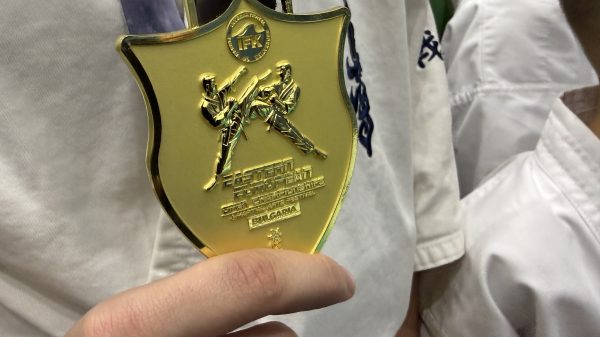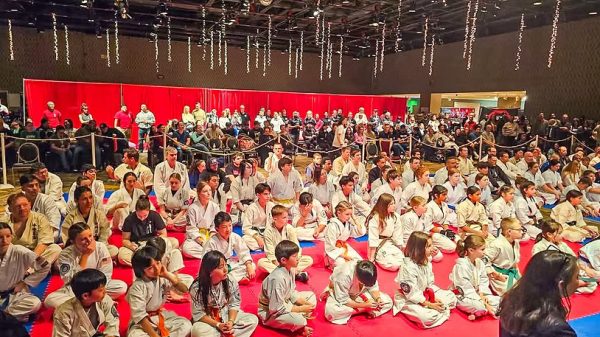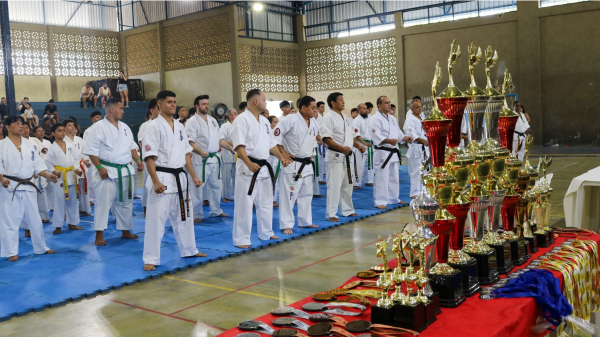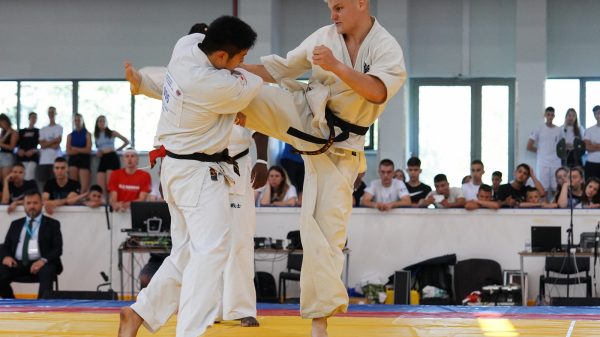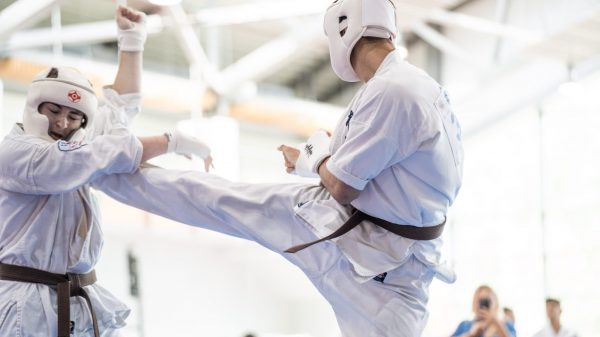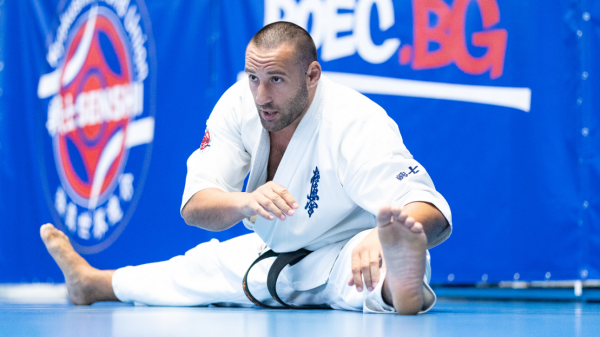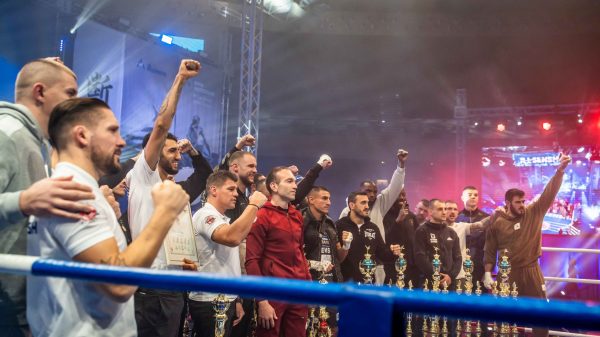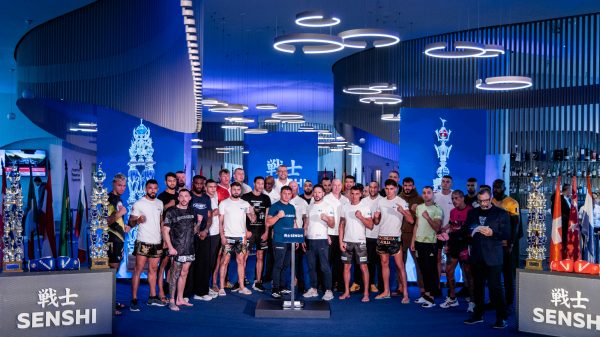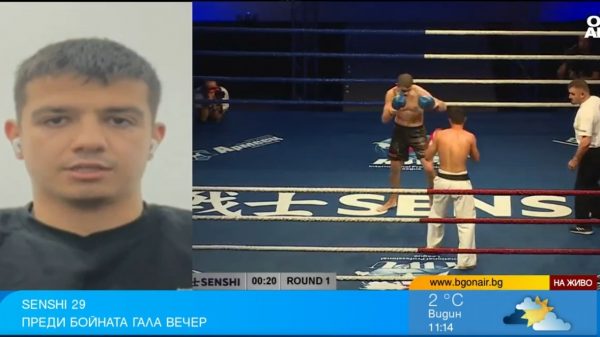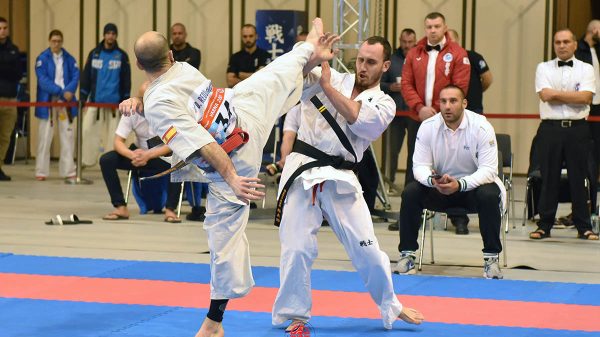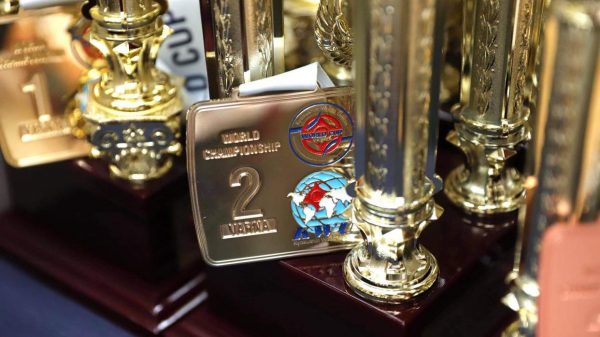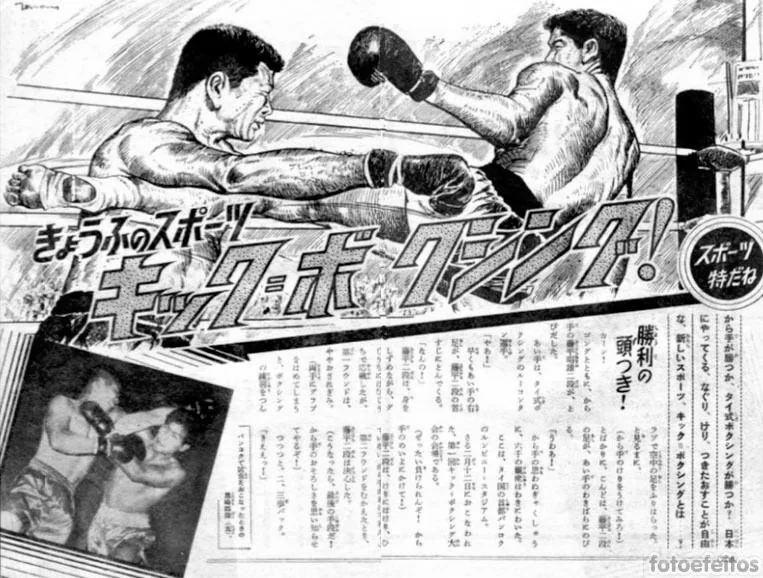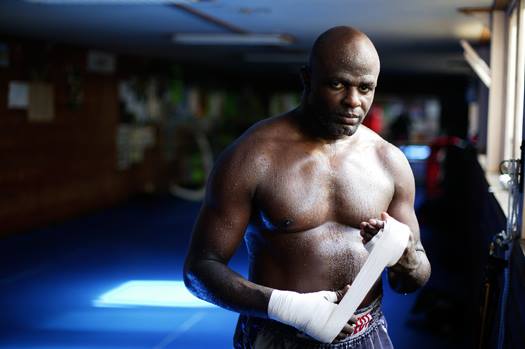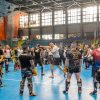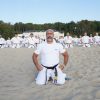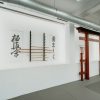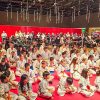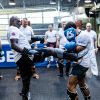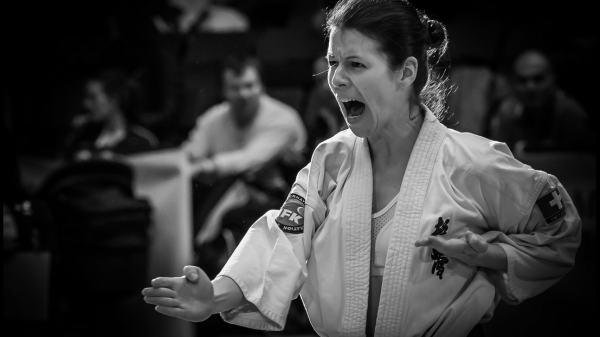On February 17, 1964, Mas Oyama, the founder of Kyokushin Karate, brought over three of his fighters to the famed Lumpinee Stadium in Thailand to test themselves against three Muay Thai fighters, under modified Muay Thai rules that allowed takedowns and head butts. Two of the Karate fighters, Tadashi Nakamura and Akio Fujihira won their bout, both of them via KO.
Nakamura would go on to move to the United States, and founded Seido Karate, in 1968. Unfortunately, his fight vs. the Muay Thai exponent may be lost to history.
The third fighter, Kenji Kurosaki, received a different outcome.
Paired up against Rawee Dechachai, the two had a back-and-forth battle that included techniques that you don’t really see in Muay Thai bouts these days. Kyokushin had also added Judo as a part of their curriculum, and you could see it in this fight. Kurosaki would attempt trips when catching legs, and in the clinch had attempted and landed shoulder throws against the Thai.
But these additions to the rule didn’t deter the Thai. Getting up from the throws and engaging with vicious low-leg kicks, Rawee Dechachai was eventually able to land a devastating strike that would put Kurosaki down for the count. When Kurosaki walked towards him, lazily with his hands down, Rawee Dechachai landed a perfectly timed left cross elbow.
The moment the devastating elbow landed, Kurosaki dropped and was unable to get back up. Although he tried, Kurosaki eventually had to be taken out on a stretcher.
Kurosaki trained with Oyama in Goju-Ryu Karate in the 1950s, and the two started their own style of Karate together, with Oyama as the public face, and Kurosaki doing much of the heavy lifting – teaching. In the late 60’s the pair split over the direction Kyokushin was taking, leaving Kurosaki’s historical role underappreciated.
However, Kurosaki founded Mejiro Gym in 1969, teaching a new form of kickboxing, fusing karate and Muay Thai. A top fighter from Mejiro Gym, Toshio Fujiwara, became the first non-Thai to win the lightweight title at Rajadamnern Stadium, in 1978, and ended up with a record of 126 (99 KOs)-15. Further, Kurosaki’s influence extended worldwide.
Dutch fighters journeyed to Mejiro Gym in the 1970s and developed Dutch Kickboxing, which added boxing to the mix, among other signature characteristics. Dutch Kickboxing would go on to become the primary basis for MMA striking.
The Lesson
The most obvious lesson from this Karate vs. Muay Thai series is that the winner is takedowns. Add some basic ground fighting, and the Thai fighters would have been skid marks. However, both arts had preconceived philosophies that striking was their central focus. It would, unfortunately, take another generation for martial arts to see the light.



